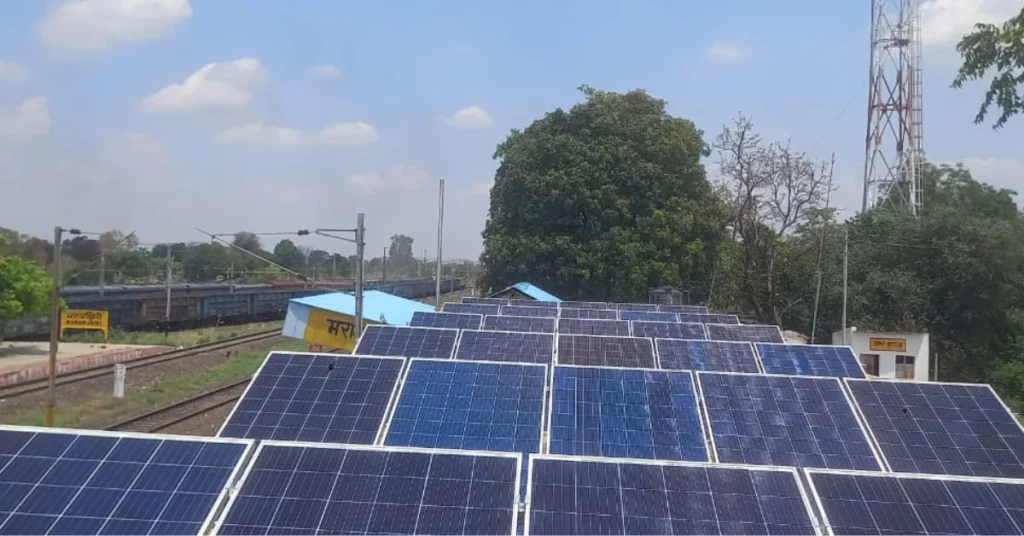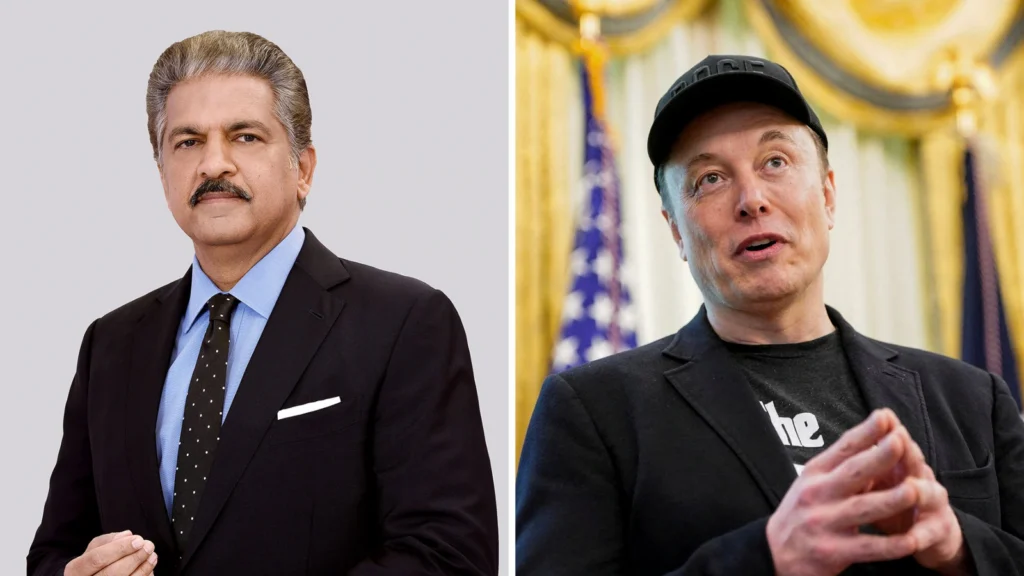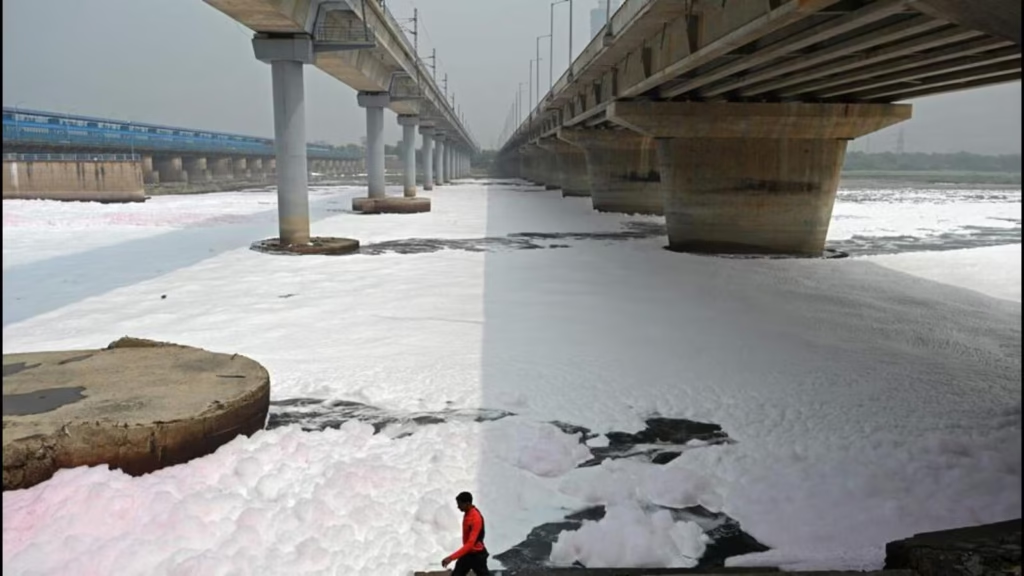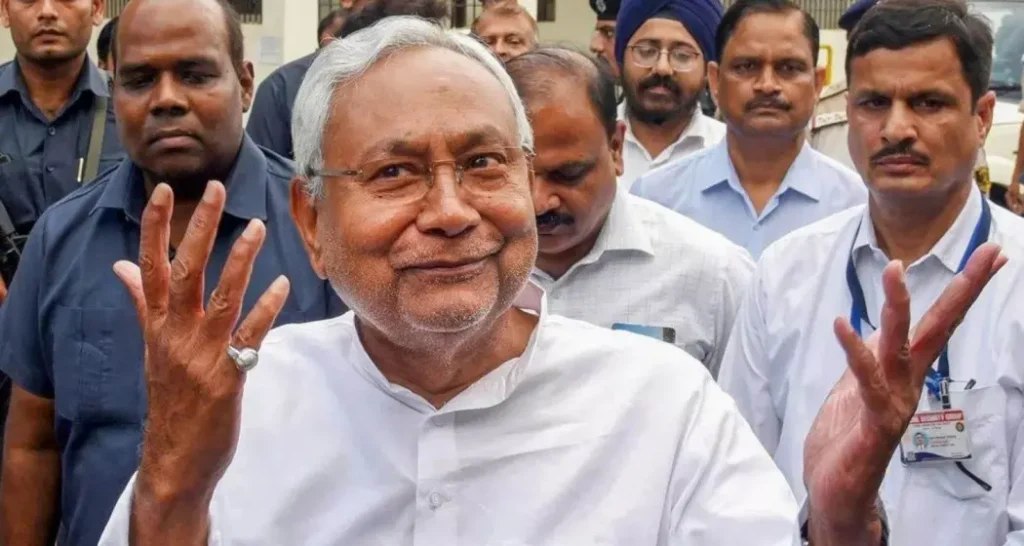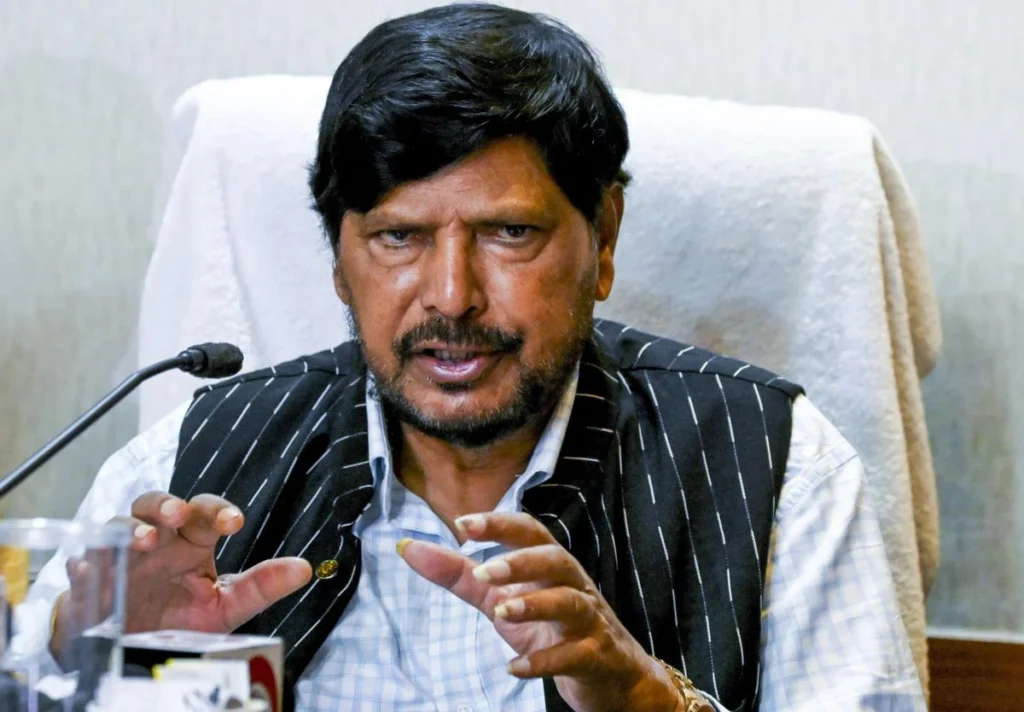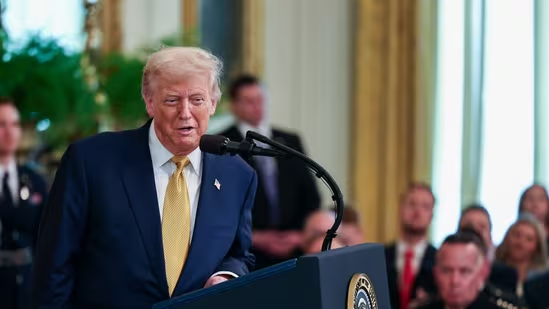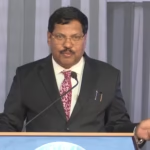Now Reading: President Murmu Appoints New Governors for Haryana, Goa; Kavinder Gupta Named Ladakh LG
-
01
President Murmu Appoints New Governors for Haryana, Goa; Kavinder Gupta Named Ladakh LG
President Murmu Appoints New Governors for Haryana, Goa; Kavinder Gupta Named Ladakh LG

In a significant reshuffle of key constitutional posts, President Droupadi Murmu has appointed new governors for Haryana and Goa, and named senior BJP leader Kavinder Gupta as the new Lieutenant Governor of Ladakh. These changes come ahead of major political and administrative developments in the regions, with fresh leadership expected to play a key role in local governance.
New Faces in Top Roles
Former Jammu and Kashmir Deputy CM Kavinder Gupta has been appointed as the new Lieutenant Governor of Ladakh. Known for his organisational background and administrative experience, his appointment signals a stronger political focus on the strategically important union territory.
In Goa, a new governor has been named to take over administrative responsibilities, while Haryana too will see a change in Raj Bhavan leadership. These appointments aim to strengthen coordination between state governments and the Centre, especially in areas with upcoming elections or policy rollouts.
Why This Matters
Governors play a crucial constitutional role in India, especially in politically sensitive or strategically located regions. In places like Ladakh, which borders China and has a unique demographic profile, the role of the LG is central to maintaining stability, pushing development, and addressing local concerns.
For states like Haryana and Goa, where industrial, agricultural, and tourism sectors are in focus, the governor’s role is more than ceremonial. The new appointees are expected to bring both political insight and administrative efficiency to the table.
Reactions So Far
While official reactions from the opposition have been limited, political observers note that most of the new appointees have close ties to the BJP. This has drawn some criticism over whether such appointments are politically driven. However, supporters argue that experience in governance is key to navigating complex state issues.
Implications for Tier 2 Cities
In states like Haryana and Goa, where Tier 2 cities are fast growing in economic and political importance—think Karnal, Panaji, or Hisar—governors play a behind-the-scenes role in enabling smoother Centre-state coordination, especially around development projects and public welfare schemes.
Conclusion
The fresh appointments made by President Murmu are not just routine changes—they reflect the Centre’s evolving political and administrative priorities across different regions. With new leadership in place, all eyes will now be on how these officials navigate governance challenges and contribute to regional growth and stability.
